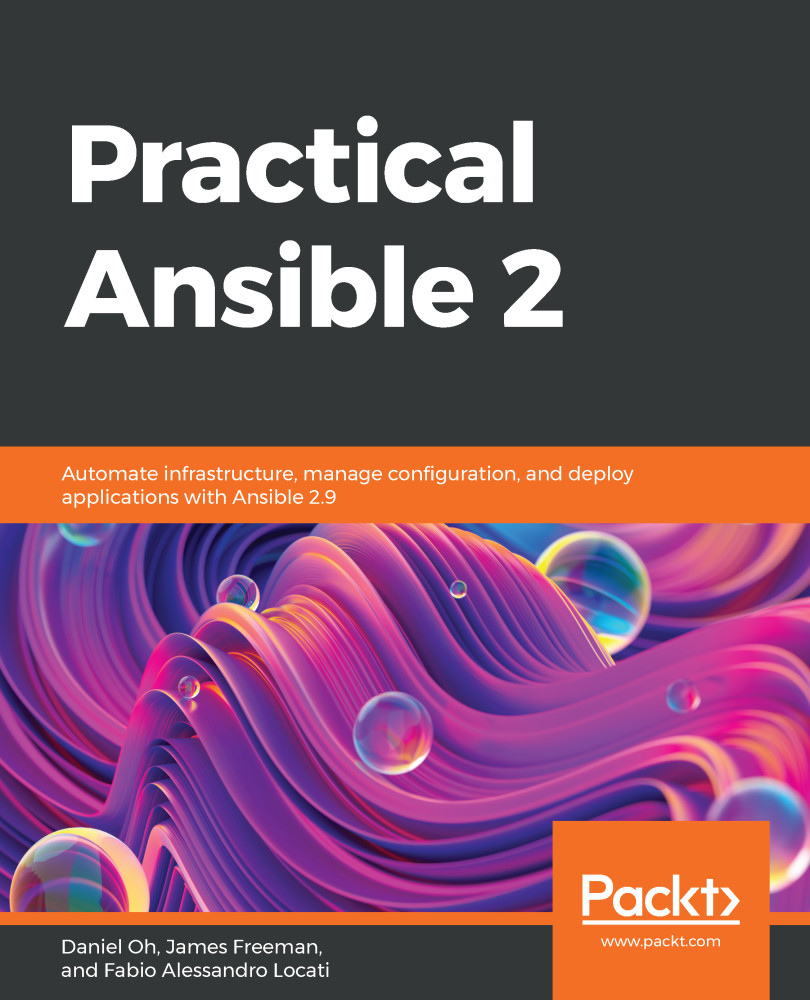Modules have been a very obvious and key part of our journey through Ansible so far. They are used to execute well-defined tasks and can be used either in one-off commands (using ad hoc commands) or as part of a much larger playbook. Plugins are just as important to Ansible, and we have used them in all of our testings so far without even realizing it! While modules are always used to create some kind of task in Ansible, the way that plugins are used depends on their use case. There are many different types of plugins; we will introduce them to you in this chapter and give you an idea of their purpose. But, as a taster, did you realize that when Ansible connects to a remote server using SSH, functionality is provided by a connection plugin? This demonstrates the important role that plugins play.
In this chapter, we will provide you with an in-depth...


